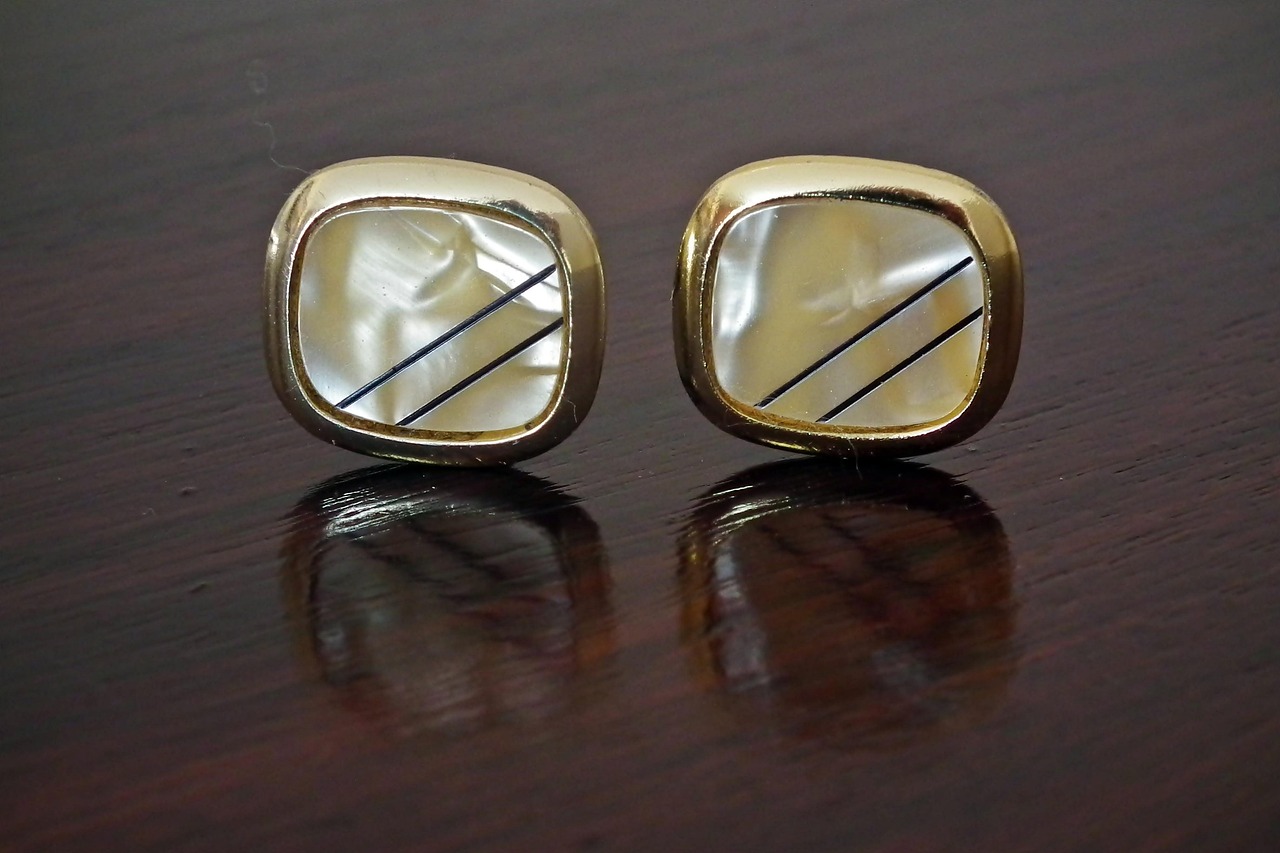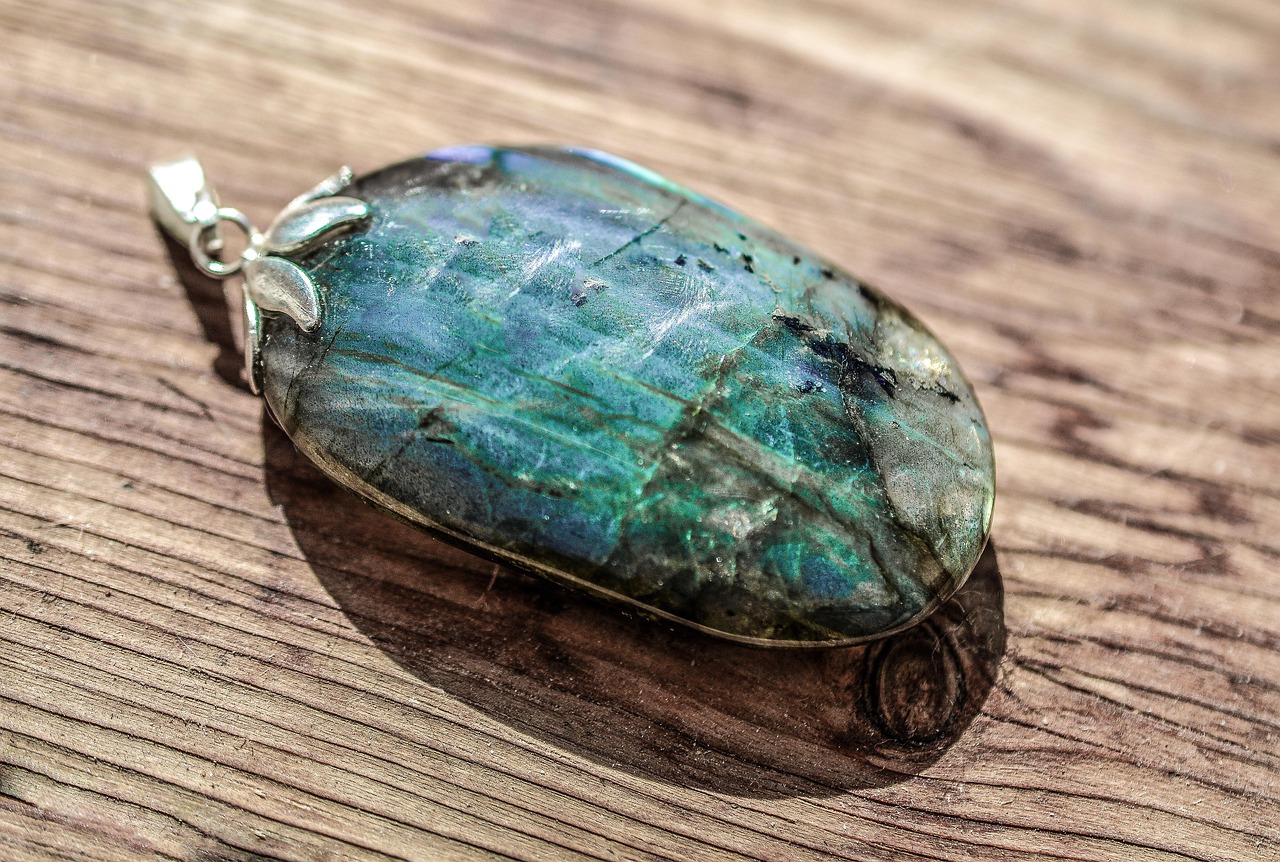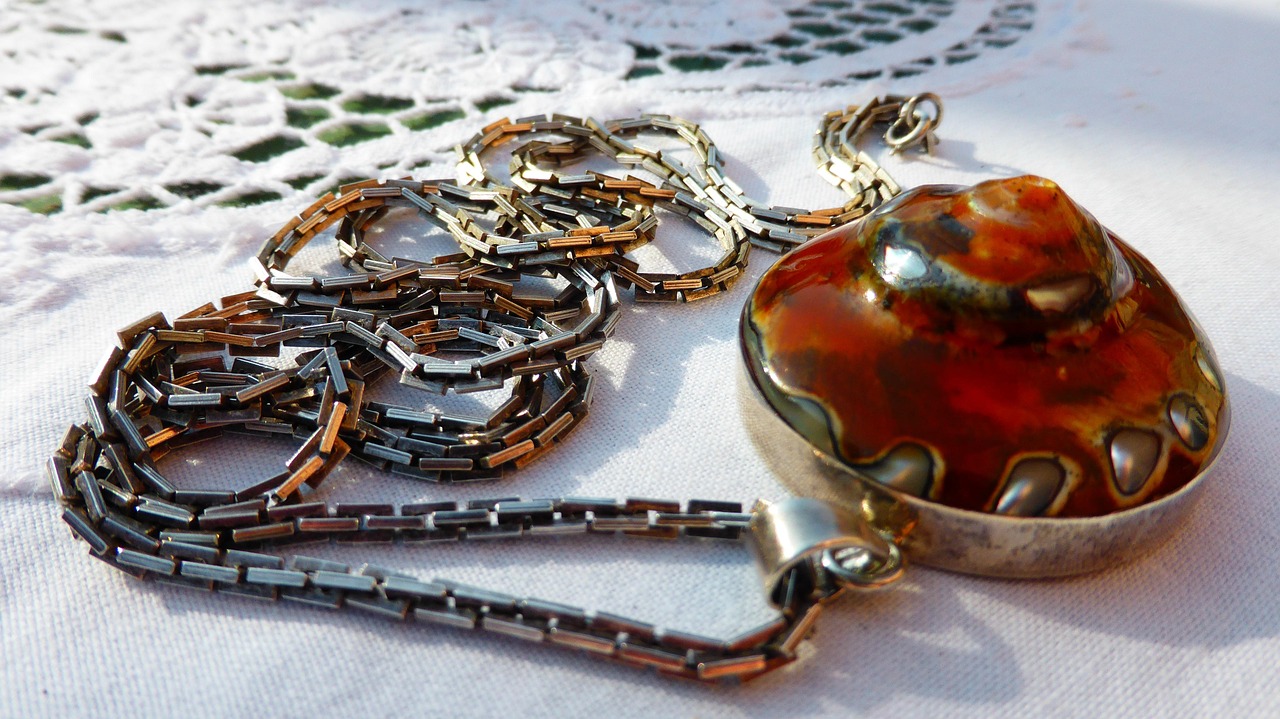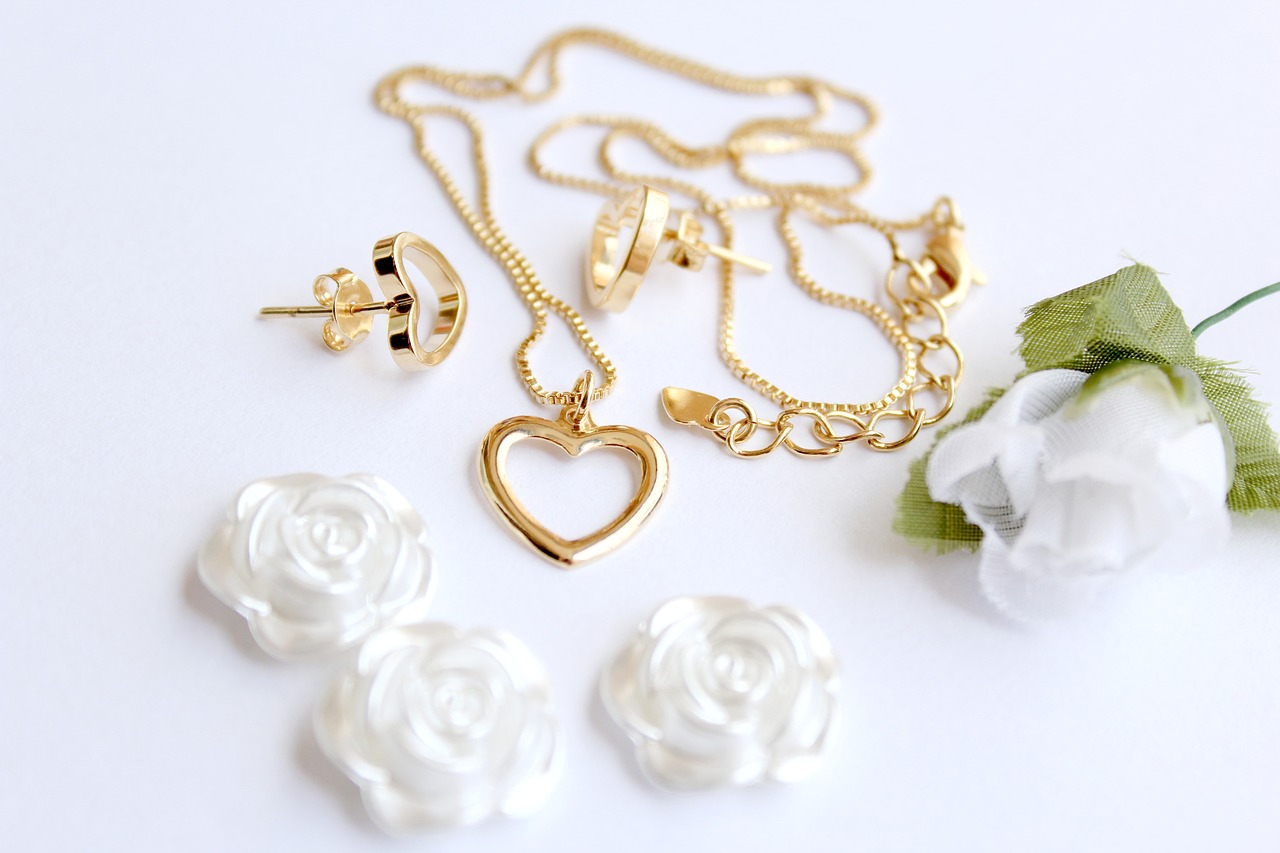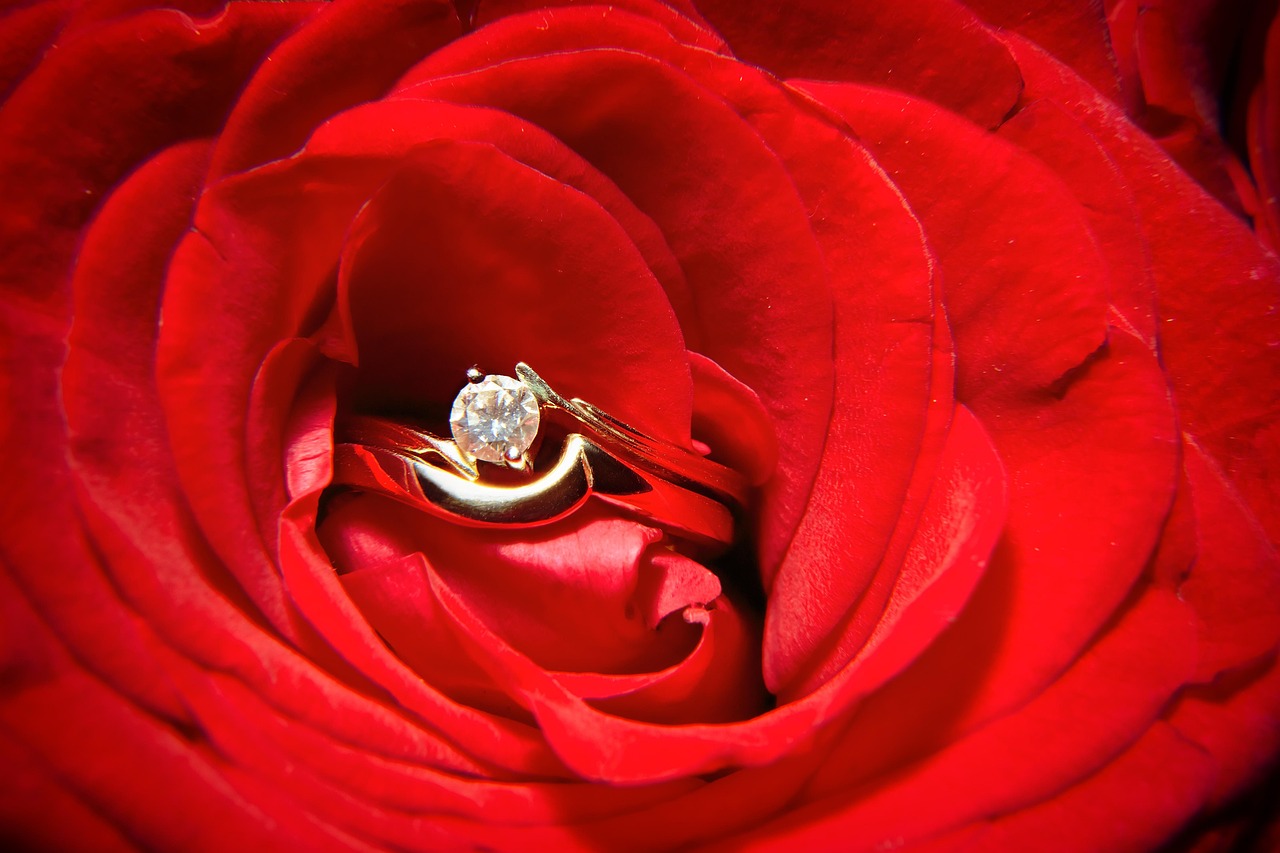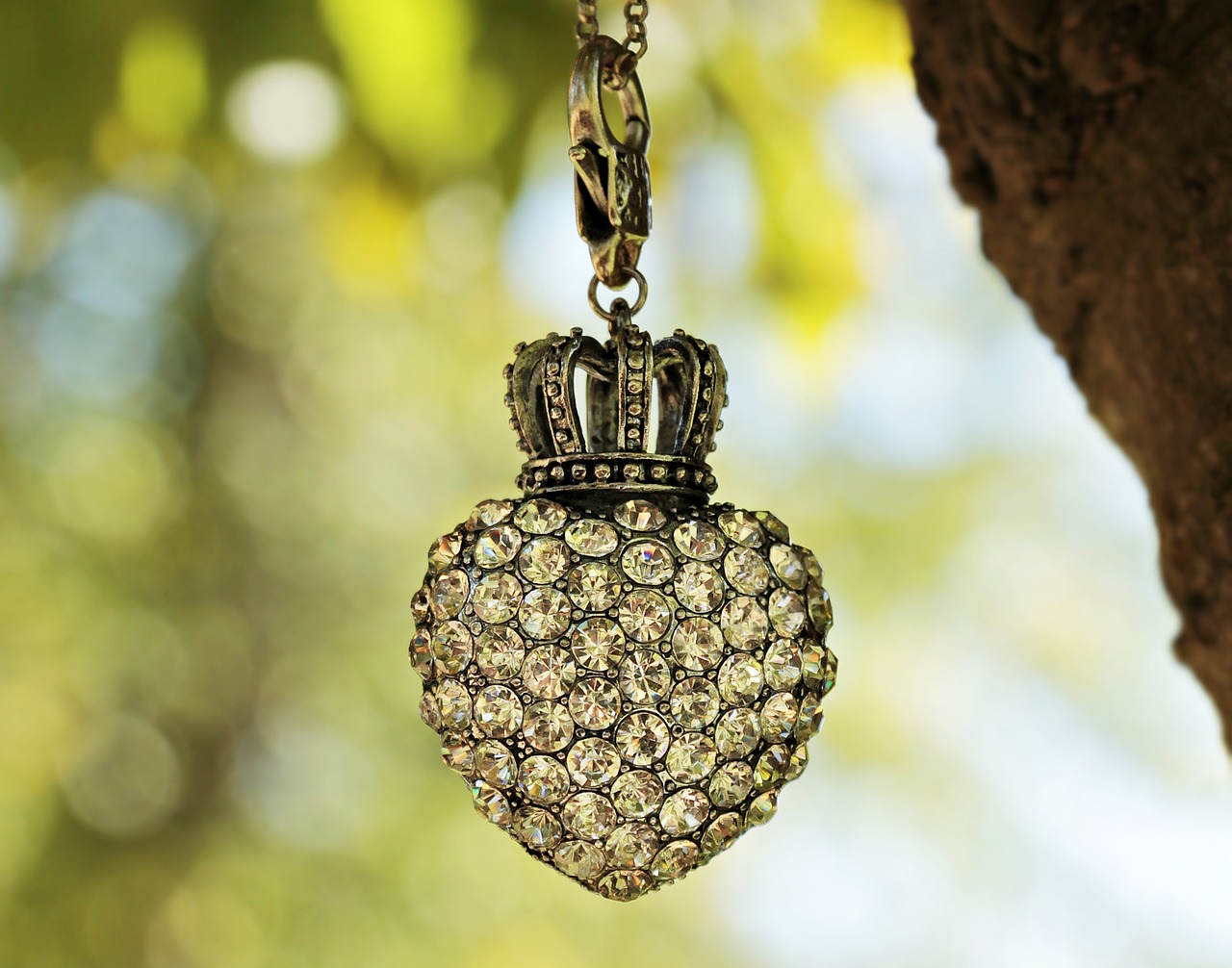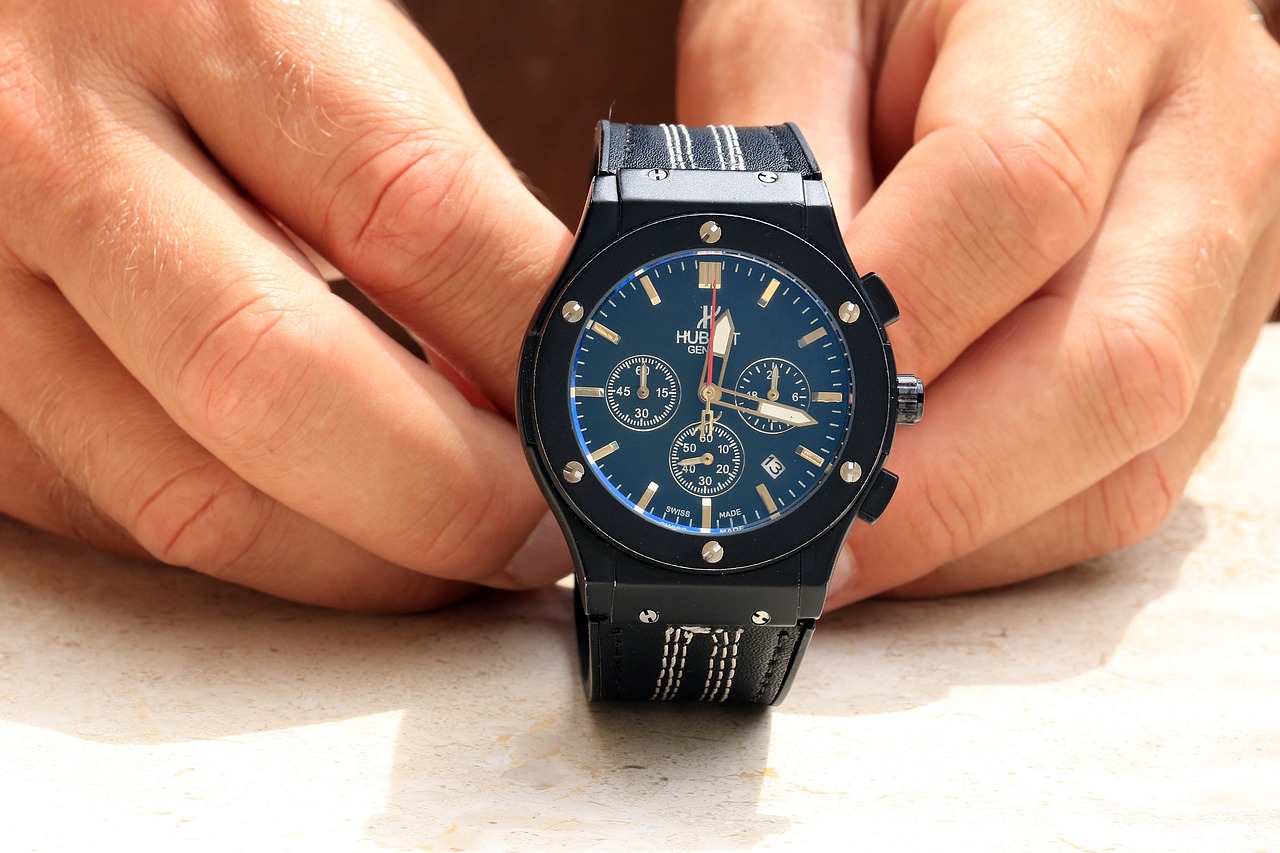The world of precious metals offers a fascinating array of choices for jewelry enthusiasts and investors alike. Among these, gold and platinum stand out as two of the most sought-after materials. This article delves into the differences in resale value between gold and platinum jewelry, providing you with the necessary insights to make informed investment decisions in precious metals.
Understanding the factors that influence the resale value of jewelry is crucial. Key elements include:
- Market Demand: The popularity of gold and platinum can significantly impact their resale values.
- Rarity: Scarcity can enhance the desirability and value of a piece.
- Condition: Well-maintained items often fetch higher prices.
Gold and platinum possess unique properties that affect their market value. Gold, known for its malleability, is widely used in various types of jewelry. In contrast, platinum is denser and rarer, making it a luxurious option that often commands a higher price.
Gold jewelry has a long-standing popularity, often leading to higher demand in various markets. This demand significantly influences its resale value over time. Why is gold so popular? Its historical significance, cultural associations, and versatility contribute to its enduring appeal.
Although platinum jewelry is less common, it appeals to those seeking luxury and exclusivity. Its lower availability can enhance its desirability and potential resale value. Is platinum worth the investment? Many consider it a worthwhile choice due to its rarity and enduring quality.
The purity of gold and platinum jewelry plays a vital role in determining its resale value. Higher purity typically translates to higher prices in the resale market.
Gold purity is measured in karats, with 24K being pure gold. The higher the karat, the more valuable the jewelry, affecting its resale potential. What does this mean for resale? Higher karat gold is often more sought after, resulting in better resale prices.
Platinum is often marked as 950 or 900, indicating the percentage of pure platinum. This high purity level usually results in a favorable resale value, appealing to buyers who prioritize quality.
The condition and craftsmanship of jewelry significantly influence resale value. Well-maintained pieces from reputable designers often fetch higher prices. Why is craftsmanship important? Superior craftsmanship not only enhances aesthetic appeal but also assures buyers of the piece’s longevity.
Current market trends can affect the resale value of both gold and platinum. Staying informed about these trends can help you make better investment decisions. How can trends impact your investment? Awareness of market fluctuations can guide timing for selling or purchasing jewelry.
Choosing the right platform to sell your jewelry can maximize its resale value. Options include:
- Online marketplaces
- Pawn shops
- Jewelry stores
Each option has its pros and cons, so consider your priorities when selling.
Jewelers often provide valuable insights into the resale market. Their expertise can guide you in choosing between gold and platinum for better long-term value. What do experts suggest? Consulting with professionals can offer personalized advice based on current market conditions and personal preferences.
Investing in gold or platinum jewelry requires careful consideration of various factors. Understanding these aspects can lead to better investment choices and potential resale profits. Whether you lean towards the timeless allure of gold or the luxurious appeal of platinum, informed decisions will enhance your jewelry investment experience.
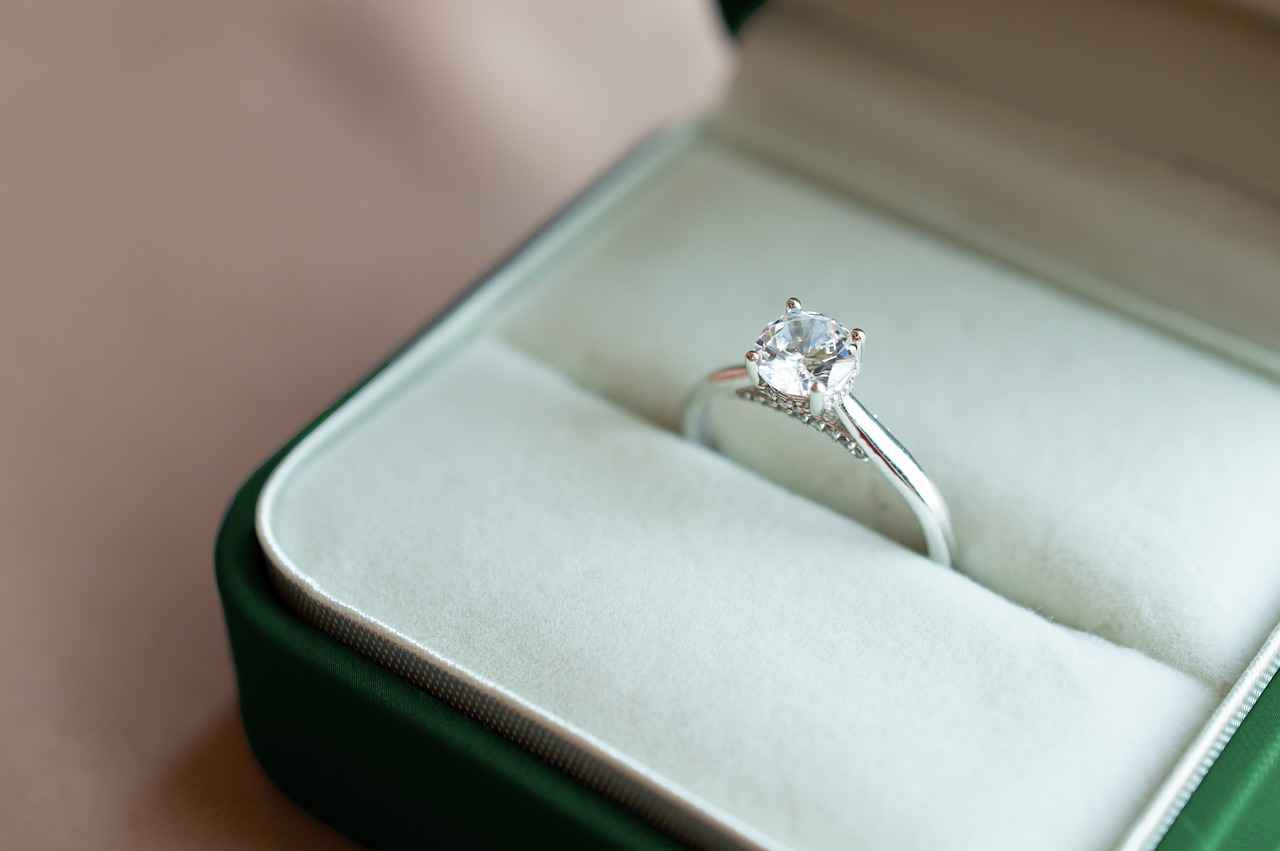
What Determines Resale Value in Jewelry?
Understanding the factors that influence the resale value of jewelry is crucial for anyone considering an investment in precious metals. The resale value is not just about the initial purchase price; it encompasses various elements that can significantly affect how much you can get back when selling your piece. Key elements include market demand, rarity, and the condition of the piece.
The market demand for a particular type of jewelry can fluctuate based on trends, cultural significance, and economic conditions. For instance, gold jewelry has traditionally held a strong position in the market due to its wide acceptance and use in various cultures. This sustained demand can lead to a higher resale value, particularly if the piece features unique designs or craftsmanship.
Rarity plays a significant role in the resale value of jewelry. Limited-edition pieces or those made from rare materials are often more sought after. For example, jewelry that incorporates rare gemstones or is crafted by renowned designers can fetch higher prices on the resale market. Collectors and enthusiasts are typically willing to pay a premium for these unique items.
The condition of the jewelry is another critical factor influencing its resale value. Pieces that are well-maintained, free from scratches, and exhibit minimal signs of wear will generally command a higher price. Regular cleaning and proper storage can help preserve the condition of your jewelry, thus enhancing its potential resale value.
The purity of the metals used in jewelry also has a direct impact on resale value. Gold purity is measured in karats, with 24K being the highest and most valuable form of gold. Similarly, platinum is often marked with its purity level, such as 950 or 900, indicating the percentage of pure platinum. Higher purity levels usually correlate with higher resale prices.
The craftsmanship and the reputation of the designer can significantly affect the resale value. Jewelry from well-known designers or brands often retains its value better than generic pieces. High-quality craftsmanship not only enhances the aesthetic appeal but also assures buyers of the durability and longevity of the piece.
Current market trends can also influence the resale value of gold and platinum jewelry. Economic factors, changes in consumer preferences, and global market conditions can lead to fluctuations in prices. Staying informed about these trends can provide insights into the best times to sell your jewelry for maximum profit.
Choosing the right platform to sell your jewelry can significantly impact its resale value. Options include online marketplaces, pawn shops, and specialized jewelry stores. Each platform comes with its pros and cons, and understanding these can help you make a more informed decision.
Consulting with jewelers can provide valuable insights into the resale market. Their expertise can help you understand the nuances of pricing and selling, guiding you in choosing between gold and platinum for better long-term value. Jewelers can also offer appraisals that reflect current market conditions, ensuring you get a fair price for your jewelry.
In summary, understanding the factors that influence the resale value of jewelry is essential for making informed investment decisions. By considering market demand, rarity, condition, purity levels, craftsmanship, and current market trends, you can enhance your chances of maximizing your returns when selling your precious pieces.
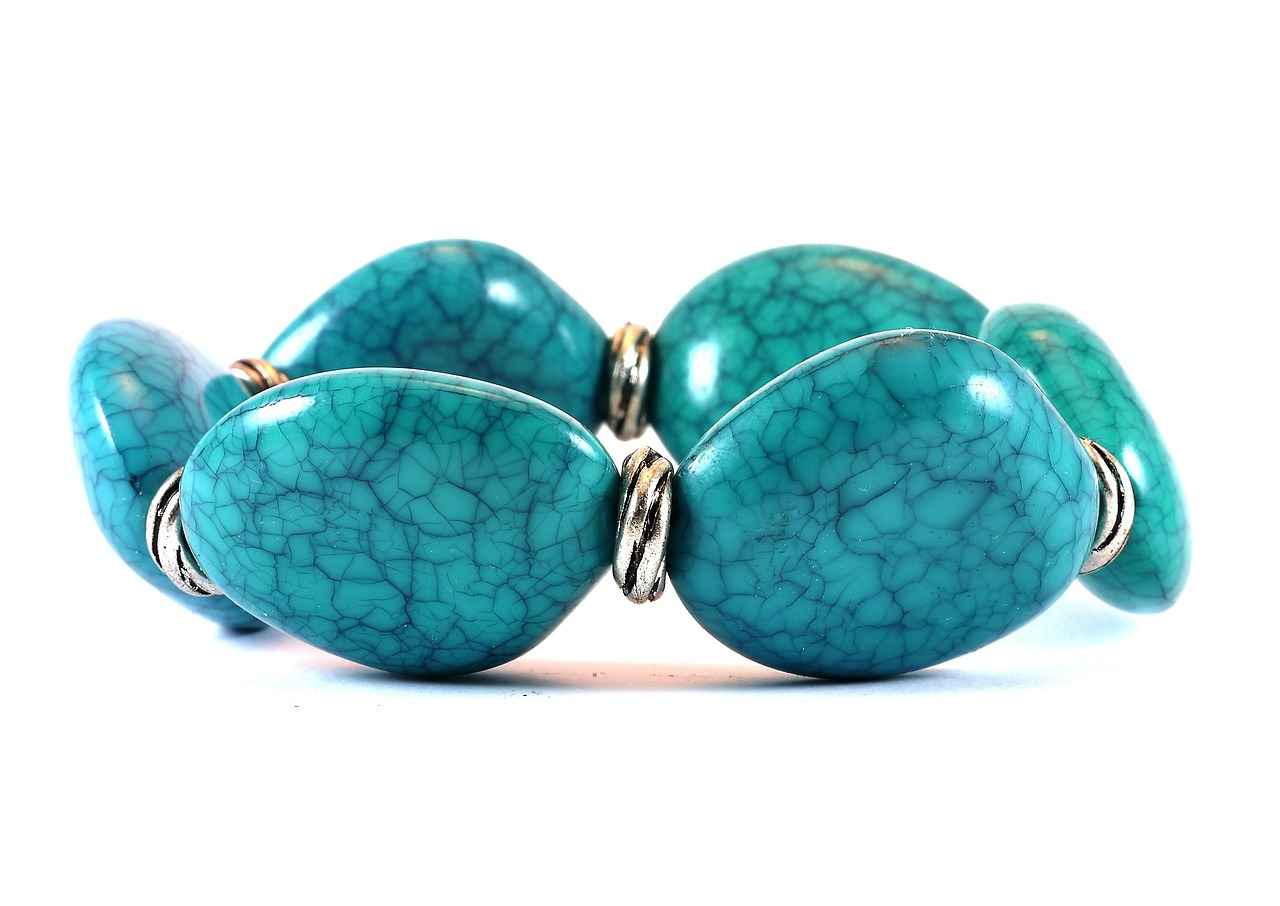
Comparing Gold and Platinum: Basic Properties
When it comes to investing in jewelry, understanding the basic properties of gold and platinum is essential. These two precious metals not only differ in their physical characteristics but also in their market demand and resale value. This section will delve into the unique properties of gold and platinum, elucidating how these factors influence their overall worth.
Gold is renowned for its malleability, which allows it to be easily shaped and crafted into intricate designs. This property makes it a popular choice among jewelers, enabling the creation of detailed jewelry pieces that appeal to a wide audience. Furthermore, gold’s corrosion resistance ensures that it maintains its luster and beauty over time, making it a durable investment.
On the other hand, platinum is significantly denser and rarer than gold, which directly impacts its market price. With a higher density, platinum jewelry feels more substantial and luxurious, which can attract buyers looking for exclusive pieces. Additionally, the rarity of platinum contributes to its allure; it is estimated that only around 160 tons of platinum are mined each year, compared to over 2,500 tons of gold. This scarcity can drive up the value of platinum jewelry, especially in high-end markets.
| Property | Gold | Platinum |
|---|---|---|
| Malleability | High | Moderate |
| Density | Lower | Higher |
| Rarity | More abundant | Less abundant |
| Corrosion Resistance | Excellent | Excellent |
Both metals have their unique advantages and disadvantages. While gold is more flexible and easier to work with, platinum’s density and rarity make it a coveted choice for those seeking something extraordinary. Additionally, the purity levels of each metal also play a crucial role in determining their resale value. Gold is typically measured in karats, with 24K representing pure gold, while platinum is often marked as 950 or 900, indicating the percentage of pure platinum.
In terms of market demand, gold has a long-standing popularity that often leads to higher resale values. However, platinum’s appeal as a luxury item can enhance its desirability among affluent buyers. This dynamic creates a fascinating interplay between the two metals in the jewelry market.
Ultimately, whether you choose gold or platinum for your jewelry investment will depend on your personal preferences and investment goals. Understanding the basic properties of each metal will enable you to make a more informed decision, ensuring that your investment aligns with your expectations for quality and value.
Market Demand for Gold Jewelry
Gold jewelry has captivated people for centuries, and its enduring popularity can be attributed to several factors. The demand for gold jewelry remains consistently high across global markets, leading to a robust resale value that many investors find appealing. In this section, we will delve deeper into the reasons behind this demand and how it affects the resale value of gold jewelry.
Gold jewelry’s allure is rooted in its timeless beauty and cultural significance. Across various cultures, gold symbolizes wealth, status, and prosperity. Its versatility allows it to be crafted into a wide range of designs, making it suitable for both casual wear and formal occasions. This broad appeal contributes to its high demand in the jewelry market.
The resale value of gold jewelry is significantly influenced by market demand. When demand surges, prices tend to rise, enhancing the potential resale value of existing pieces. Factors such as economic stability, investment trends, and consumer preferences can all impact this demand. For instance, during economic uncertainty, many individuals turn to gold as a safe investment, further driving up its value.
Another critical factor that affects the resale value of gold jewelry is its rarity. Although gold is mined in significant quantities, the actual amount available for jewelry is limited. As the supply of newly mined gold fluctuates, it can create a scarcity effect that elevates prices. This rarity is particularly relevant when considering unique or antique pieces that may have historical significance.
The condition and craftsmanship of gold jewelry also play a vital role in determining its resale value. High-quality pieces from reputable designers often fetch higher prices due to their superior craftsmanship and enduring appeal. Buyers are willing to pay a premium for items that are well-maintained and exhibit exceptional artistry.
Staying informed about current market trends is essential for anyone considering the resale of gold jewelry. Factors such as fluctuations in the gold market, changes in consumer behavior, and even geopolitical events can all influence demand and, consequently, resale value. Investors should monitor these trends to make informed decisions.
- Keep Documentation: Maintaining original purchase receipts and appraisals can enhance the credibility of your jewelry.
- Regular Maintenance: Keeping the jewelry in good condition through regular cleaning and servicing can preserve its value.
- Choose the Right Selling Platform: Research potential buyers, whether online marketplaces or local jewelers, to find the best offer.
In conclusion, the is a dynamic interplay of cultural significance, economic factors, and individual preferences. Understanding these elements can help jewelry owners make informed decisions about buying and selling gold pieces. By considering factors such as rarity, quality, and market trends, investors can maximize their potential returns in the resale market.
Market Demand for Platinum Jewelry
When it comes to luxury jewelry, platinum stands out as a premium choice, appealing to those who appreciate exclusivity and elegance. Unlike gold, which is widely available and often used in various types of jewelry, platinum is less common, making it a coveted option for discerning buyers. This lower availability not only enhances its desirability but also contributes to its potential resale value.
Platinum jewelry is often associated with wealth and status. Its natural white sheen and durability make it an attractive choice for engagement rings and high-end pieces. Unlike gold, which can be alloyed with other metals to change its color and properties, platinum is typically used in its purest form, enhancing its overall quality.
The rarity of platinum plays a significant role in its resale value. With only a limited supply available, the market for platinum jewelry is less saturated than that of gold. This scarcity can drive up prices, especially during times of high demand. Buyers seeking unique pieces are often willing to pay a premium for platinum, knowing its potential for appreciation.
Current market trends can significantly impact the demand for platinum jewelry. As more consumers become aware of the benefits of investing in platinum, including its durability and hypoallergenic properties, interest in this precious metal is on the rise. Additionally, trends in engagement and wedding rings show a growing preference for platinum settings, further boosting its desirability.
The condition of platinum jewelry is a crucial factor in determining its resale value. Well-maintained pieces that exhibit excellent craftsmanship tend to command higher prices in the resale market. Buyers are often willing to pay more for items from reputable designers or those that feature intricate detailing and superior quality.
Platinum purity is typically measured as a percentage, with 950 and 900 being common marks. Higher purity levels generally result in higher resale values, as they indicate a greater amount of pure platinum in the piece. This high level of purity not only enhances the jewelry’s quality but also its investment potential.
- Online Marketplaces: Websites like eBay and Etsy can connect sellers with a global audience.
- Jewelry Stores: Many jewelry stores offer buy-back programs for platinum pieces, providing a convenient selling option.
- Pawn Shops: While they may offer lower prices, pawn shops can be a quick way to sell.
Jewelry experts often recommend platinum for those looking to invest in high-value pieces. Its long-term value and aesthetic appeal make it a wise choice for both personal enjoyment and investment purposes. Consulting with jewelers can provide valuable insights into current market conditions and potential future trends.
In summary, platinum jewelry, while less common than gold, offers unique advantages for those seeking luxury and investment potential. Its rarity, combined with increasing market demand, positions platinum as a valuable asset in the jewelry market.
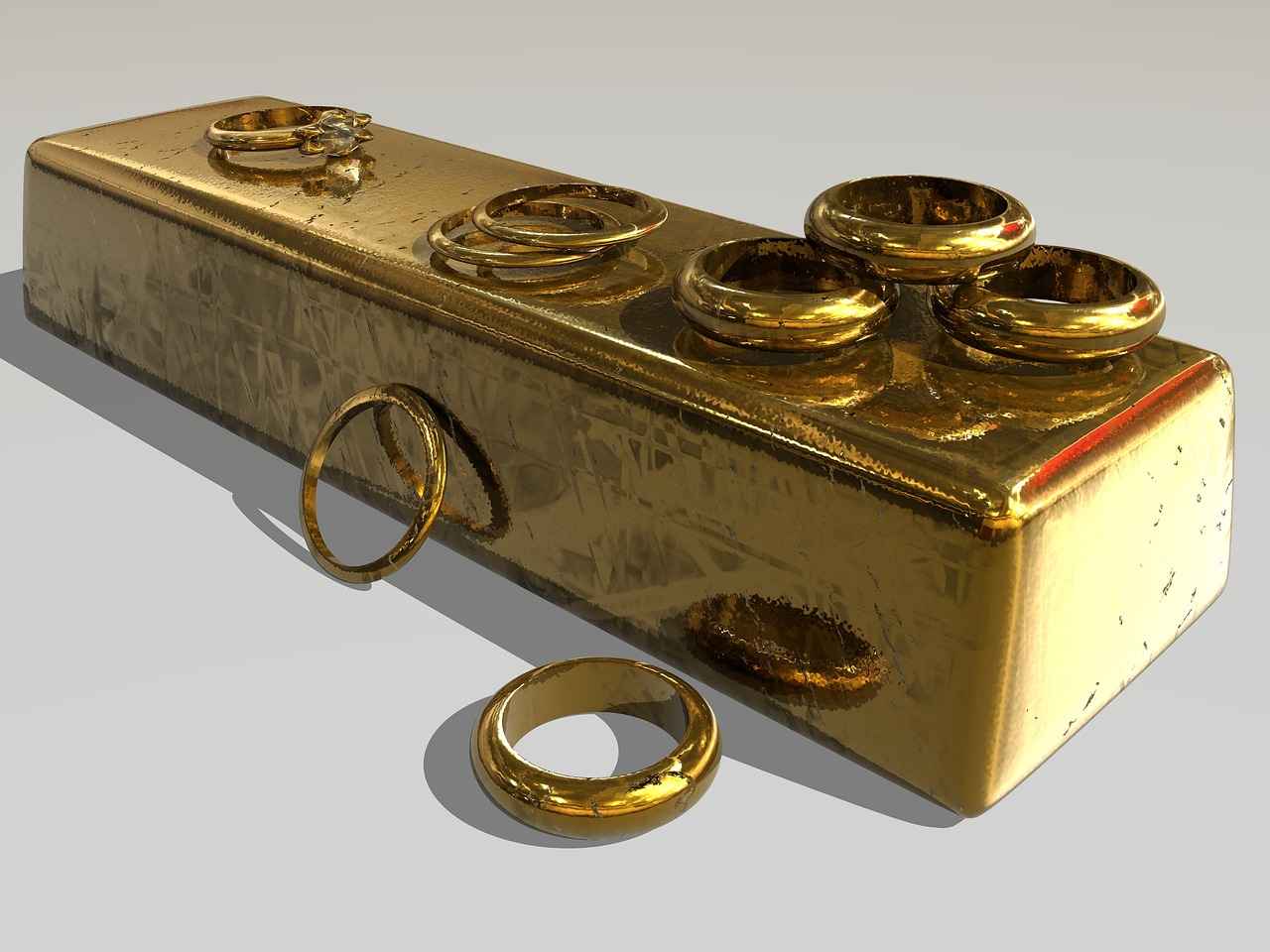
How Do Purity Levels Affect Resale Value?
The purity of gold and platinum jewelry is a critical factor that significantly impacts its resale value. When considering investments in precious metals, understanding how purity levels influence market prices can help you make informed decisions.
Jewelry purity refers to the proportion of pure metal in a piece of jewelry. In both gold and platinum, higher purity levels generally correlate with increased value. This is because higher purity signifies a greater amount of the precious metal, which is more desirable in the resale market.
Gold purity is commonly measured in karats, with 24K representing pure gold. Each karat indicates 1/24th of pure gold in an alloy. For example, 18K gold contains 75% pure gold, while 14K contains about 58.3%. The higher the karat, the more valuable the jewelry, which can significantly enhance its resale potential. Buyers in the resale market often seek out high-karat pieces, as they offer greater intrinsic value.
Unlike gold, platinum purity is typically expressed in percentages or as a number, such as 950 or 900. A mark of 950 means that the piece contains 95% pure platinum, making it highly sought after. The rarity of platinum, combined with its high purity levels, often leads to a favorable resale value. As a result, pieces marked with higher platinum content are more desirable, attracting collectors and investors alike.
The demand for both gold and platinum jewelry fluctuates based on market trends, economic conditions, and consumer preferences. For instance, during economic downturns, gold tends to be favored as a safe-haven asset, which can boost its resale value. Conversely, platinum, often associated with luxury, may see increased demand during periods of economic growth. Understanding these market dynamics is essential for predicting potential resale values.
The overall condition and craftsmanship of a jewelry piece play a vital role in its resale value. Well-maintained items, particularly those crafted by reputable designers, tend to command higher prices. Buyers are more likely to invest in pieces that exhibit high-quality craftsmanship and are in excellent condition. Therefore, proper care and maintenance are crucial for preserving value over time.
To maximize the resale value of your gold or platinum jewelry, consider the following tips:
- Maintain the Jewelry: Regular cleaning and proper storage can keep your pieces in excellent condition.
- Know Your Market: Stay informed about current trends and demand for gold and platinum.
- Choose the Right Selling Platform: Different platforms, such as online marketplaces or local jewelers, may yield varying resale values.
Jewelers and industry experts emphasize the importance of purity when it comes to resale value. They recommend investing in pieces with higher purity levels, as these are more likely to retain value. Additionally, understanding the nuances of market demand can help you time your sale for the best possible return.
In conclusion, the purity of gold and platinum jewelry is a fundamental aspect that directly affects its resale value. By understanding purity levels, market demand, and the importance of condition and craftsmanship, you can make well-informed decisions about your jewelry investments.
Understanding Gold Purity: Karats Explained
Gold purity is a crucial factor in determining the value of gold jewelry. It is measured in karats, with 24K representing pure gold. The karat system is a standard measure that indicates the proportion of gold in a piece of jewelry, with higher karats signifying greater purity. For instance, 18K gold contains 75% gold and 25% other metals, while 14K gold comprises 58.3% gold. This difference in purity not only affects the jewelry’s appearance but also its resale potential.
Why Does Gold Purity Matter?
- Value Appreciation: Higher karat gold is generally more valuable due to its increased gold content. As a result, items made from 22K or 24K gold are often more sought after in the resale market.
- Market Demand: The demand for high-purity gold jewelry can fluctuate based on trends and consumer preferences. Jewelry made from 24K gold is favored in certain cultures for its purity and luster.
- Durability: Lower karat gold, such as 14K or 18K, is more durable due to the presence of alloy metals. While this can be an advantage for everyday wear, it may also lower the perceived value when reselling.
How to Identify Gold Purity?
Identifying the karat of gold jewelry can be done through various methods:
- Hallmarks: Most gold jewelry is stamped with a hallmark that indicates its karat. For example, a piece marked with “750” indicates it is 18K gold.
- Acid Testing: Jewelers can perform acid tests to determine the gold content. This involves applying a small amount of acid to the gold and observing the reaction.
- Electronic Testing: Advanced tools can measure the gold content without damaging the piece, providing a quick and accurate assessment.
Resale Value and Gold Purity
The resale value of gold jewelry is significantly influenced by its purity. Higher karat pieces tend to fetch better prices in the market. For example, a 24K gold necklace will generally have a higher resale value compared to an 18K gold bracelet, despite both being beautiful in their own right. This is due to the intrinsic value of the gold itself, which is a key factor for buyers looking for investment pieces.
Factors to Consider When Selling Gold Jewelry
- Market Trends: The price of gold fluctuates based on market conditions. Keeping an eye on gold prices can help you decide when to sell.
- Condition: The better the condition of your jewelry, the more likely you are to receive a favorable offer. Well-maintained pieces are always more attractive to potential buyers.
- Provenance: If your jewelry has a notable history or comes from a reputable designer, this can significantly enhance its resale value.
In summary, understanding gold purity and its measurement in karats is essential for anyone looking to invest in or sell gold jewelry. The higher the karat, the more valuable the piece typically becomes, influencing its resale potential. By being informed about these aspects, you can make smarter decisions regarding your jewelry investments.
Understanding Platinum Purity: Grams and Percentages
When it comes to investing in jewelry, understanding the purity of platinum is essential for determining its value and resale potential. Platinum is a precious metal that is highly regarded for its durability and rarity. Unlike gold, which is measured in karats, platinum purity is indicated using a percentage system, typically marked as 950 or 900. These numbers signify the proportion of pure platinum in the alloy, with 950 indicating 95% platinum and 900 indicating 90% platinum.
The purity level of platinum directly influences its resale value. Higher purity levels not only enhance the metal’s luster and durability but also signify a more valuable piece. For instance, jewelry marked as 950 platinum is generally more sought after than that marked as 900 due to its higher platinum content. This distinction is crucial for both buyers and sellers in the jewelry market.
In comparison to gold, platinum’s density and rarity contribute to its unique appeal. While gold is often more accessible and widely used in jewelry, platinum’s scarcity makes it a luxurious choice. The high purity levels of platinum also mean that it is less likely to tarnish or wear down over time, which can be a significant advantage for buyers looking for long-lasting pieces.
- Market Demand: The desirability of platinum jewelry can fluctuate based on current fashion trends and consumer preferences. Despite being less common than gold, platinum often attracts buyers looking for exclusive and high-end pieces.
- Condition: The state of the jewelry plays a vital role in its resale value. Well-maintained pieces, especially those from reputable designers, can command higher prices.
- Craftsmanship: Intricate designs and quality craftsmanship can significantly enhance a piece’s value. Jewelry that showcases superior artistry is often more appealing to buyers.
For those interested in purchasing platinum, it is advisable to seek out reputable jewelers who provide certification of purity. When selling, platforms such as online marketplaces, pawn shops, and consignment stores can offer varying levels of resale value. It is essential to research and compare offers to ensure you receive the best price for your platinum jewelry.
Jewelry experts often emphasize the importance of purity when discussing investment pieces. They recommend that buyers look for higher purity levels, as these pieces tend to retain their value better over time. Additionally, consulting with jewelers or appraisers can provide insights into the current market trends and help in making informed buying or selling decisions.
Understanding platinum purity is crucial for anyone looking to invest in or sell platinum jewelry. The percentage markings, such as 950 or 900, give valuable insight into the quality and potential resale value of the piece. By considering factors such as market demand, condition, and craftsmanship, investors can make informed decisions that align with their financial goals.
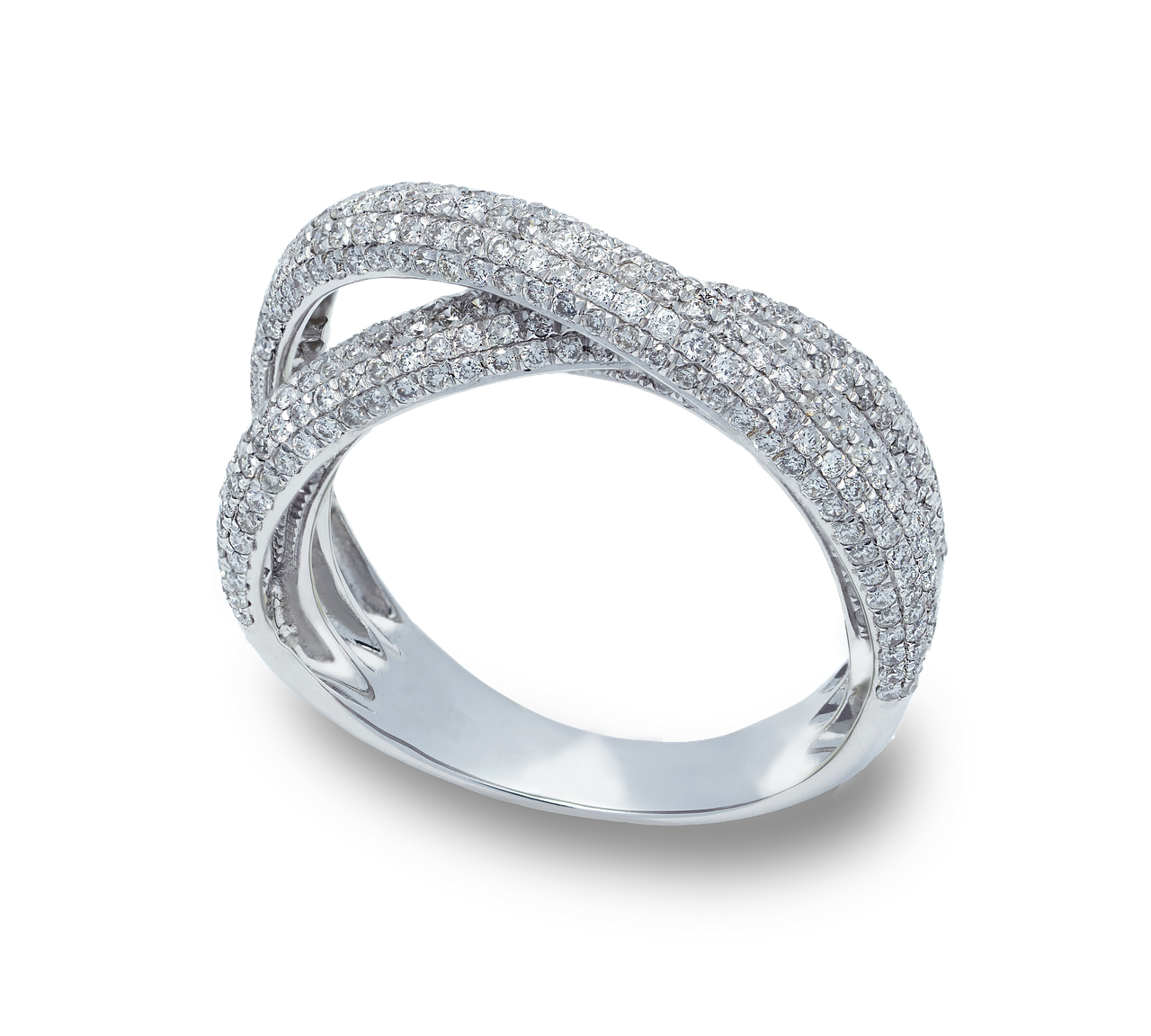
Condition and Craftsmanship: Their Impact on Value
When it comes to jewelry, the condition and craftsmanship play a pivotal role in determining its resale value. These factors are crucial not only for collectors but also for anyone looking to invest in precious items. Understanding the nuances of how these elements affect value can lead to more informed purchasing and selling decisions.
The condition of a piece of jewelry is one of the most significant factors that influence its resale value. A well-maintained item, free from scratches, dents, or other forms of damage, is likely to fetch a higher price. Buyers are often willing to pay a premium for pieces that appear as if they have just come from the showroom. In contrast, items that show signs of wear and tear can significantly diminish in value.
Craftsmanship refers to the skill and artistry involved in making the jewelry. Pieces that are intricately designed by skilled artisans or well-known designers often have a higher resale value. This is because buyers not only appreciate the aesthetic appeal but also the story and heritage that come with expertly crafted jewelry. Unique designs or limited editions can also enhance desirability.
Jewelry from reputable designers often commands higher prices in the resale market. Brands like Tiffany & Co., Cartier, and Bulgari have established a legacy of quality and luxury. When purchasing jewelry, considering the designer can be as important as the material itself. As a result, items from these brands not only retain their value but often appreciate over time.
Provenance, or the history of ownership, can also affect a piece’s value. Jewelry with a well-documented history, particularly if it has been owned by a celebrity or featured in a significant cultural event, can see a dramatic increase in its resale value. Buyers are often drawn to the narrative behind a piece, making it more than just an accessory.
To maintain the condition of your jewelry, proper care and maintenance are essential. Regular cleaning, safe storage, and professional inspections can help preserve the integrity of the piece. Simple practices, such as avoiding exposure to harsh chemicals and removing jewelry before engaging in physical activities, can prevent unnecessary damage.
The resale market for jewelry is also influenced by current trends. For instance, certain styles may become fashionable, leading to increased demand for specific types of jewelry. Keeping an eye on market trends can help sellers decide the right time to sell their pieces for maximum profit.
In summary, both the condition and craftsmanship of jewelry are critical components that can significantly influence its resale value. By understanding these factors, potential buyers and sellers can make more informed decisions, ensuring that their investments yield the best possible returns. Whether you’re purchasing for personal enjoyment or as a financial investment, prioritizing quality and care will always pay off in the long run.
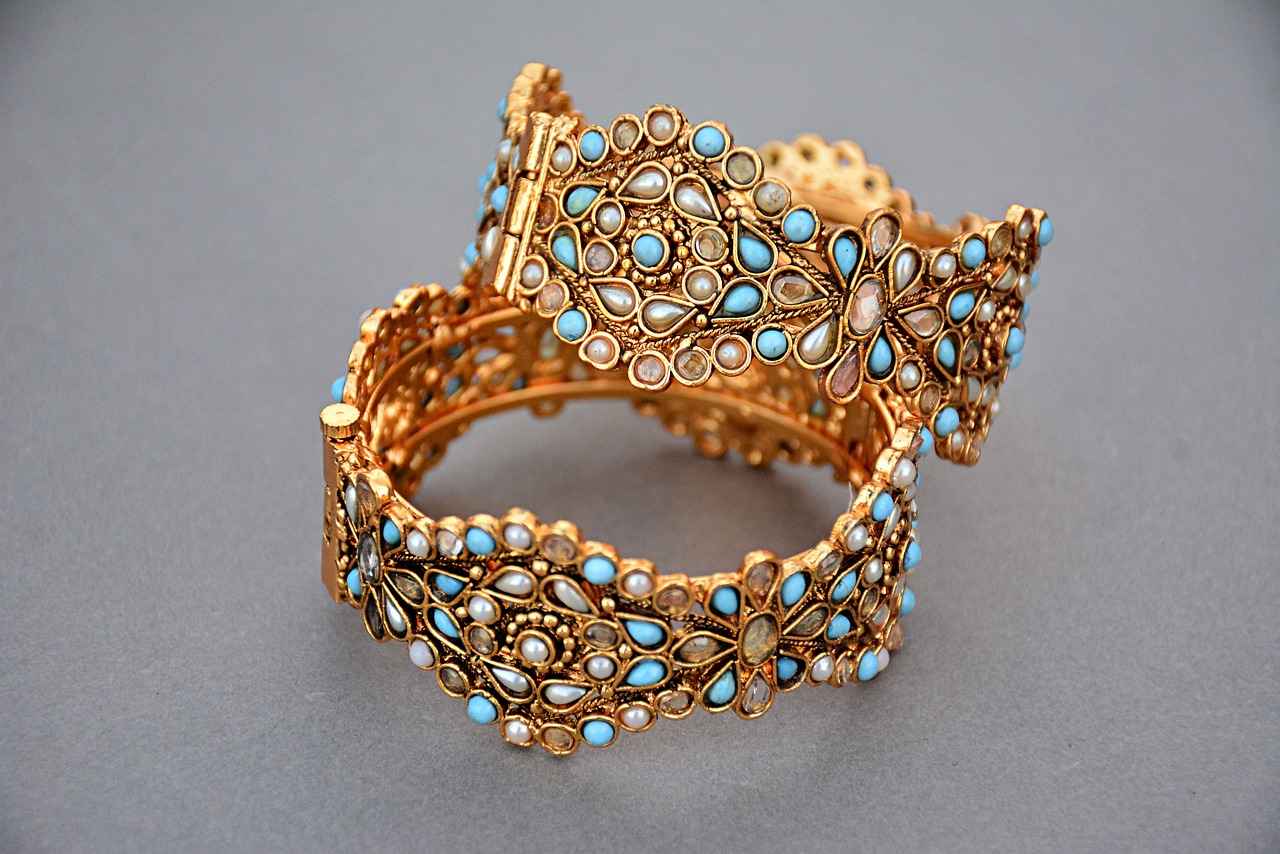
Market Trends: Gold vs. Platinum
When considering investments in precious metals, understanding market trends is essential. These trends can significantly impact the resale value of both gold and platinum jewelry. By staying informed about the fluctuations in the market, investors can make more strategic decisions regarding their jewelry purchases and sales.
The resale value of jewelry is influenced by several factors, with market trends playing a pivotal role. These trends can be shaped by economic conditions, consumer preferences, and global events. For instance, during times of economic uncertainty, gold often sees a surge in demand as it is considered a safe-haven asset. Conversely, platinum, which is less commonly used in jewelry, may experience price fluctuations based on industrial demand and availability.
- Increased Demand: Gold jewelry remains a staple in various cultures, leading to consistent demand.
- Price Fluctuations: Gold prices can vary based on geopolitical tensions and inflation rates, affecting resale values.
- Investment Appeal: Many view gold as a long-term investment, which can enhance its resale potential.
- Luxury Market Influence: Platinum is often associated with luxury, making it desirable for high-end consumers.
- Rarity Factor: The limited availability of platinum can drive up its value, particularly for unique pieces.
- Industrial Demand: As platinum is used in various industries, its demand can fluctuate, impacting resale values.
Staying informed about market trends allows investors to time their purchases and sales effectively. For example, if gold prices are projected to rise due to economic forecasts, selling gold jewelry at that time could yield higher returns. Similarly, understanding when platinum is in demand can help maximize the resale value of platinum jewelry.
- Financial News: Regularly check financial news outlets for updates on precious metals.
- Market Reports: Subscribe to reports from reputable sources that analyze market trends and forecasts.
- Join Investment Communities: Engage with online forums or groups focused on precious metal investments for real-time insights.
In conclusion, being aware of the current market trends for gold and platinum jewelry is crucial for anyone looking to invest in these precious metals. By understanding how various factors influence resale values, investors can make informed decisions that align with their financial goals. Whether opting for gold’s stability or platinum’s luxury appeal, knowledge of market dynamics will ultimately guide you to make the best investment choices.
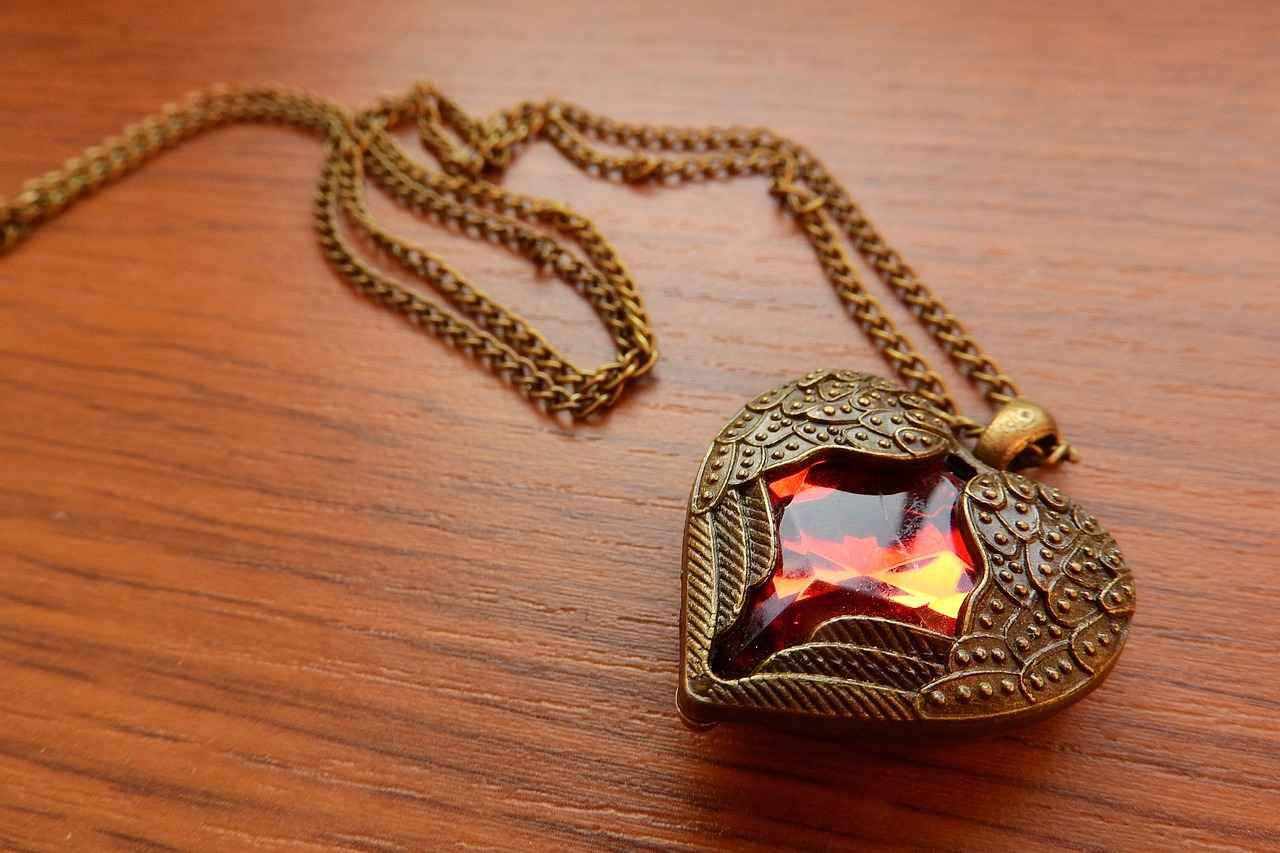
Where to Sell Your Jewelry for the Best Value?
When it comes to selling your jewelry, choosing the right platform can significantly impact its resale value. The options available today are diverse, ranging from online marketplaces to traditional pawn shops and jewelry stores. Each platform has its own set of advantages and disadvantages, which can affect the final price you receive for your precious items.
Online marketplaces such as eBay, Etsy, and Facebook Marketplace have gained immense popularity for selling jewelry. These platforms allow you to reach a global audience, which can increase demand and potentially fetch a higher price. However, it’s essential to consider:
- Fees: Many online marketplaces charge listing and selling fees, which can cut into your profits.
- Competition: The vast number of listings can make it challenging to stand out.
- Trustworthiness: Buyers may be cautious when purchasing from individual sellers, so building a good reputation is crucial.
Pawn shops offer a quick and straightforward way to sell your jewelry, providing immediate cash in exchange for your items. However, it’s essential to be aware of the following:
- Lower Offers: Pawn shops typically offer lower prices than other selling options due to their need to resell at a profit.
- Negotiation: You may need to negotiate to get a fair price, which can be time-consuming.
- Limited Audience: Pawn shops primarily cater to local customers, which can restrict your selling potential.
Selling your jewelry to a reputable jewelry store can provide a more reliable and professional experience. These stores often have established customer bases and can offer appraisals to determine a fair price. Consider these points:
- Expertise: Jewelers can provide valuable insights into the market value of your pieces.
- Trust: Established stores may offer a more trustworthy environment compared to individual sellers.
- Consignment Options: Some jewelry stores allow you to sell on consignment, meaning you can receive a percentage of the sale price once the item is sold.
If you possess high-value or unique jewelry pieces, consider selling through a specialty auction house. These venues attract serious buyers and can potentially yield higher prices. However, be prepared for:
- Commission Fees: Auction houses often charge significant commissions, which can affect your overall profit.
- Time Investment: Auctions may take longer to complete, and you’ll need to wait for the results.
- Market Fluctuations: The final price can be unpredictable, depending on the auction environment.
Ultimately, the choice of where to sell your jewelry depends on your specific needs and the type of jewelry you have. By understanding the various options available and their respective pros and cons, you can make an informed decision that maximizes the resale value of your precious items. Whether you opt for the convenience of online marketplaces or the expertise of jewelry stores, being well-informed is key to achieving the best outcome in your jewelry-selling journey.
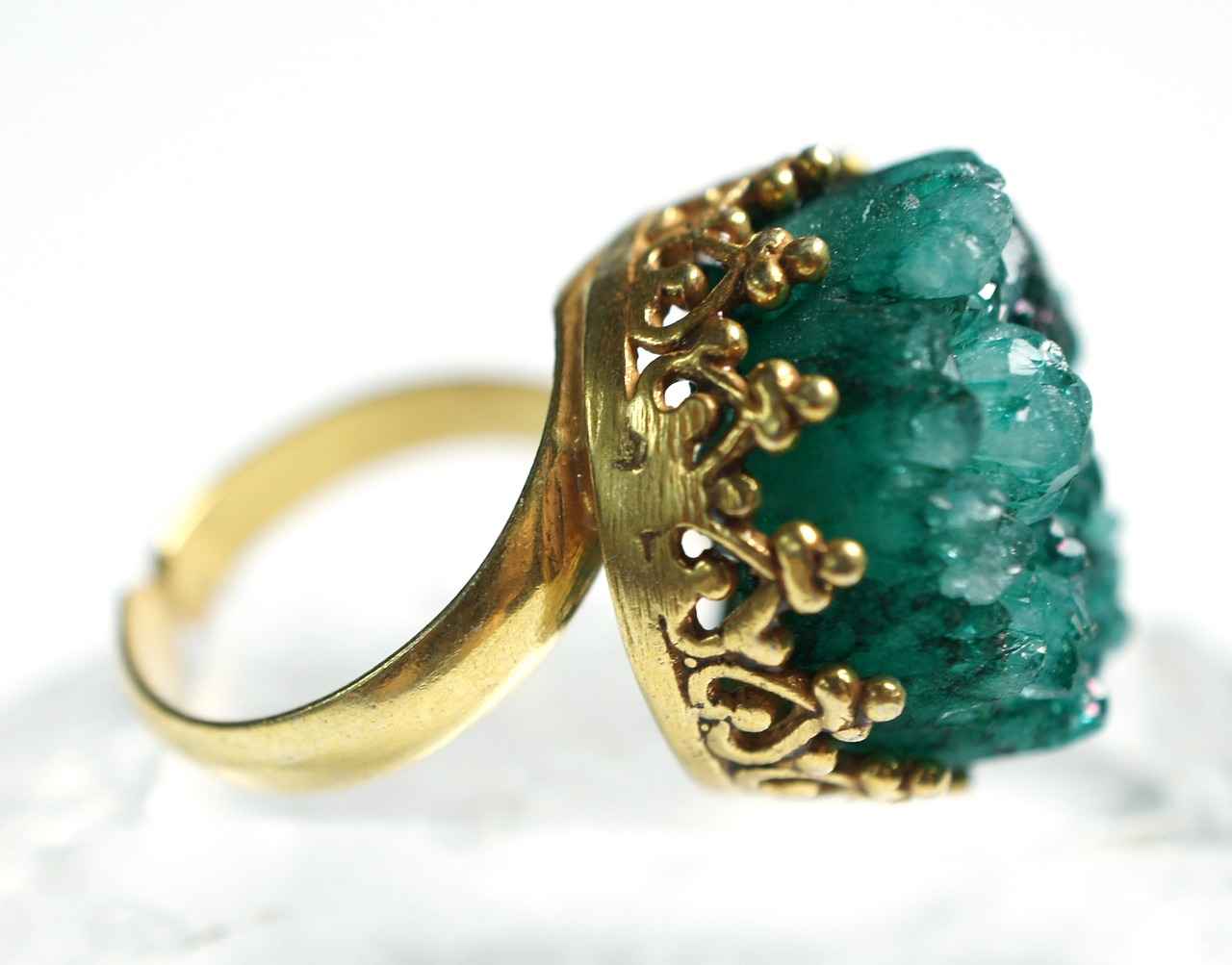
Expert Insights: What Jewelers Recommend
When it comes to investing in jewelry, making informed decisions is crucial. Expert insights from jewelers can provide invaluable guidance, especially when navigating the complexities of the resale market. Jewelers possess extensive knowledge about precious metals, trends, and consumer preferences, which can significantly impact your choices between gold and platinum.
Jewelers are not just sellers; they are experts who understand the intricacies of the jewelry market. Their experience allows them to identify trends and patterns that can influence resale value. By consulting a jeweler, you can gain insights into:
- Market Demand: Understanding which metals are currently trending can help you make a wise investment.
- Quality Assessment: Jewelers can evaluate the quality and condition of your jewelry, which is essential for determining its resale value.
- Purity Levels: Knowledge about the purity of gold and platinum can guide you in making choices that will retain value.
When it comes to choosing between gold and platinum, jewelers often provide tailored advice based on your individual preferences and investment goals. Here are some key considerations:
- Gold: Known for its malleability and widespread use, gold jewelry is highly sought after. Jewelers often recommend gold for those looking for a versatile investment that can easily be melted down or repurposed.
- Platinum: Although less common, platinum is denser and rarer than gold, making it a luxurious choice. Jewelers may suggest platinum for buyers who prioritize exclusivity and are looking for long-term value retention.
The condition of your jewelry plays a pivotal role in its resale value. Jewelers emphasize the importance of maintaining your pieces in excellent condition. Regular cleaning and careful storage can prevent damage and wear, ensuring that your jewelry retains its value. Additionally, pieces crafted by reputable designers often command higher prices in the resale market.
Jewelers keep a close eye on market trends that can affect the resale value of gold and platinum. For instance, fluctuations in the prices of precious metals can impact consumer demand and, consequently, the resale market. Staying informed about these trends is essential for making smart investment decisions.
Jewelers can also guide you on the best platforms to sell your jewelry. Options include:
- Online Marketplaces: Websites like eBay or specialized jewelry resale platforms can reach a broad audience.
- Pawn Shops: While they may offer immediate cash, the prices can be lower than market value.
- Jewelry Stores: Some jewelers may buy back pieces, especially if they recognize their quality and potential resale value.
In conclusion, leveraging the expertise of jewelers can significantly enhance your understanding of the jewelry market. Their recommendations can guide you in making informed choices between gold and platinum, ensuring that you invest wisely and maximize your potential resale value.
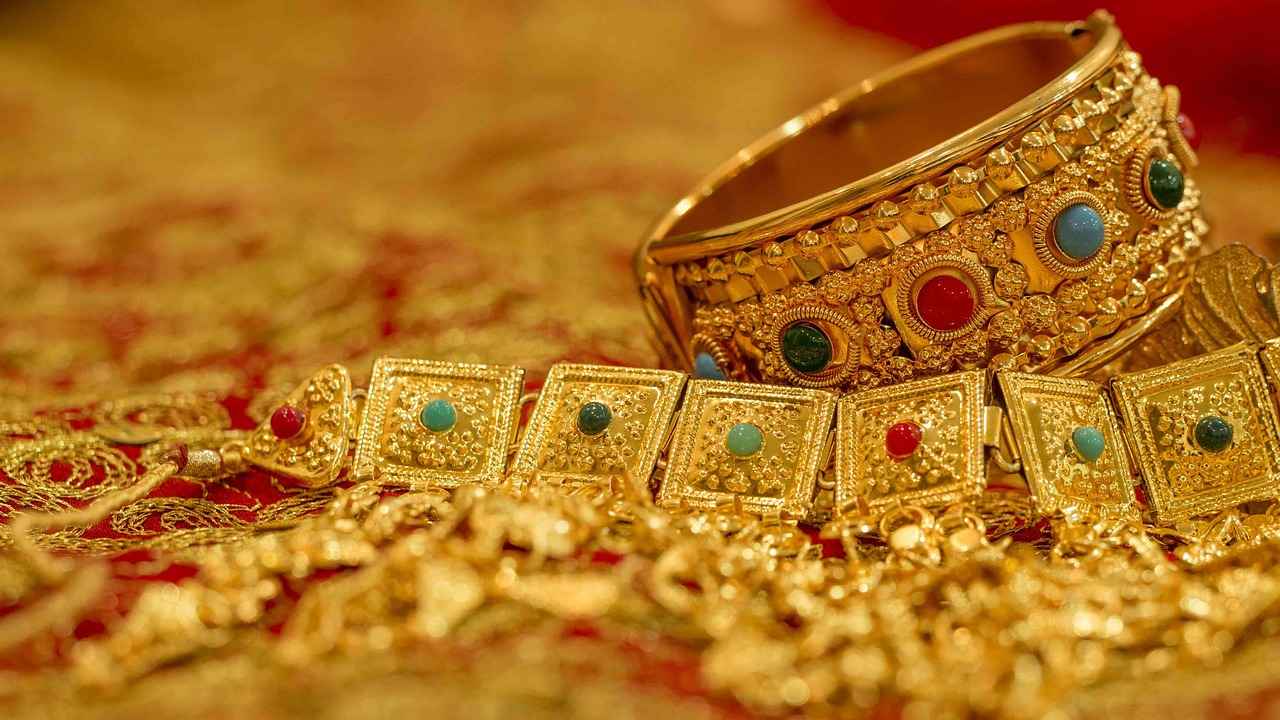
Final Thoughts on Investing in Gold vs. Platinum
Investing in jewelry made of precious metals like gold and platinum can be a rewarding venture, but it requires careful consideration of various factors. Understanding these aspects can lead to better investment choices and potential resale profits. This article will delve into the important elements that influence the investment potential of gold versus platinum jewelry.
Gold and platinum are both highly valued metals, but they serve different purposes in the jewelry market. Gold has a rich history as a form of currency and wealth storage, while platinum is often seen as a symbol of luxury and exclusivity. Knowing the investment potential of each can guide you in making an informed choice.
- Market Demand: The popularity of gold and platinum can fluctuate based on current trends and consumer preferences.
- Rarity: Platinum is rarer than gold, which can enhance its value.
- Condition: Well-maintained pieces tend to fetch higher prices.
- Brand and Craftsmanship: Jewelry from renowned designers often has a higher resale value.
The demand for gold jewelry remains consistently high due to its cultural significance and investment potential. Gold is often viewed as a safe haven asset, especially during economic downturns. This enduring popularity can positively impact its resale value.
While platinum jewelry is less common, it appeals to a niche market that values luxury and exclusivity. Its scarcity can make it more desirable, potentially increasing its resale value. However, the demand for platinum can be more volatile compared to gold.
The purity of the metal plays a crucial role in determining resale value. For gold, purity is measured in karats, with 24K being the highest. In contrast, platinum purity is often expressed in percentages, such as 950 or 900, indicating the amount of pure platinum in the piece. Higher purity generally means a higher resale value.
Jewelry that is well-maintained and crafted by reputable designers tends to hold its value better. The craftsmanship involved can also affect the piece’s desirability and, ultimately, its resale price. Investments in high-quality pieces are often more profitable in the long run.
Staying updated on market trends is essential for making informed investment decisions. Gold prices may rise due to economic uncertainty, while platinum may see fluctuations based on industrial demand. Understanding these trends can help you time your purchase or sale for maximum profit.
Choosing the right platform for selling your jewelry is vital for maximizing its resale value. Options include online marketplaces, local pawn shops, and specialized jewelry stores. Each platform has its pros and cons, so it’s essential to research and select the one that aligns with your needs.
Consulting with jewelers can provide valuable insights into the resale market. They often have a deep understanding of current trends and can guide you in choosing between gold and platinum for better long-term value. Their expertise can be instrumental in making a wise investment.
Frequently Asked Questions
- What is the primary factor that affects the resale value of gold and platinum jewelry?
The resale value is primarily influenced by market demand, rarity, and the condition of the piece. If there’s a high demand for a specific type of jewelry, its value tends to rise.
- How does the purity of gold and platinum impact their resale prices?
Purity plays a crucial role; higher purity levels typically mean higher resale values. For gold, this is measured in karats, while platinum purity is often indicated in percentages.
- Is gold jewelry always a better investment than platinum?
Not necessarily! While gold is more popular and often in higher demand, platinum’s rarity can make it a valuable investment too. It really depends on market trends and personal preference.
- Where can I sell my jewelry for the best value?
To maximize your resale value, consider various platforms such as online marketplaces, pawn shops, or specialized jewelry stores. Each option has its pros and cons, so choose wisely!
- What do jewelers recommend when choosing between gold and platinum?
Jewelers often suggest considering factors like personal style, budget, and the intended use of the jewelry. They can provide insights into current market trends to help you make an informed choice.

